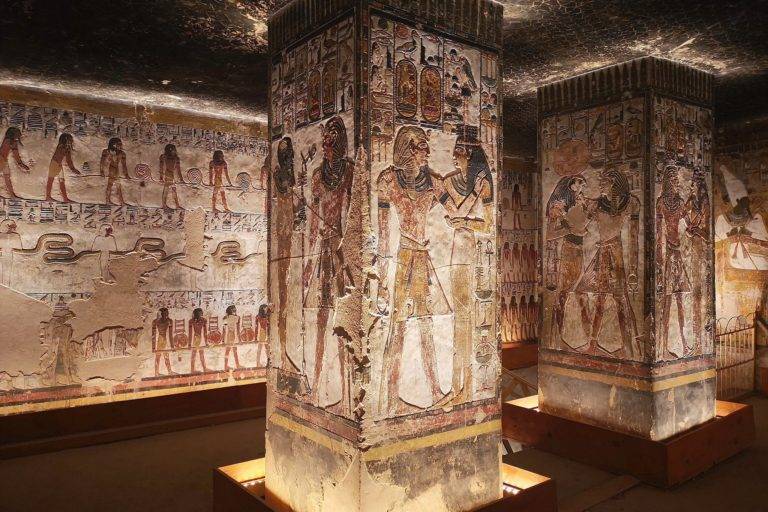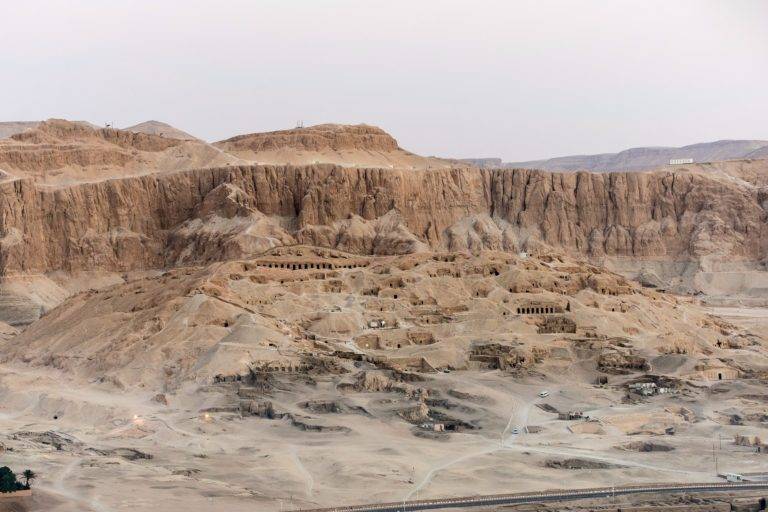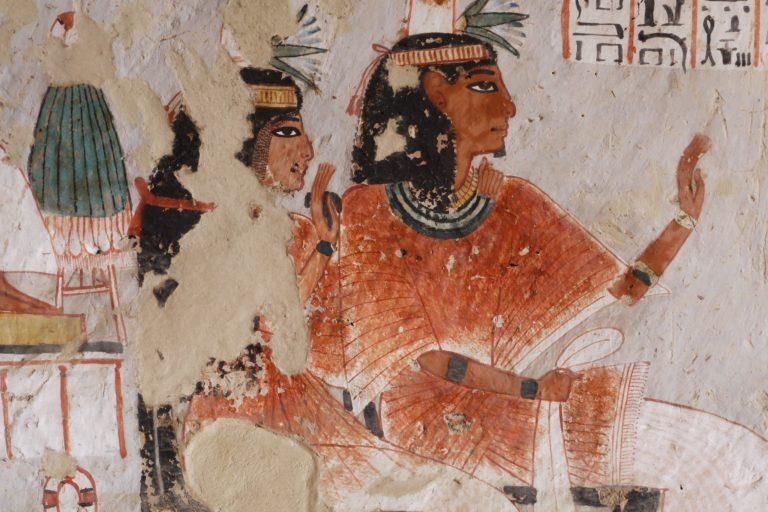Tomb of Pashedu
TT3
The Tomb of Pashedu (TT3) is a hidden gem in Luxor, located high above the ancient workers’ village of Deir el-Medina. Unlike the famous Valley of the Kings, this small rock-cut tomb offers a personal look at the life and work of a man who helped build some of Egypt’s most famous monuments.
As you descend the steep staircase, you enter the world of a master craftsman from over 3,000 years ago. His story is vividly painted on the walls, and his hopes for the afterlife are written in hieroglyphs.

Who Was Pashedu?
Pashedu lived during Egypt’s Ramesside Period, specifically in the 19th Dynasty. He worked for Pharaohs Seti I and Ramesses II. His title, “Servant in the Place of Truth,” showed that he was one of the skilled artisans who carved and decorated the royal tombs in the Valley of the Kings.
Unlike his father, Menna, who worked at the Temple of Amun in Karnak, Pashedu was the first in his family to live in the community of Deir el-Medina. He started as a stonemason and later became a foreman, a job that required both skill and respect.
Pashedu was married to Nedjem-Behdet, and they had several children, including Menna and Kaha, who are shown in the artwork of the tomb. He dedicated his life to his work, his family, and the gods who would guide him in the afterlife.
Luxor Tours & Activities
Looking to save some costs on your travel? Why not join a shared group tour to explore Luxor, Egypt? Here are some activities you might be interested in:
Location and Significance of TT3
The Tomb of Pashedu is part of the Tombs of the Artisans at Deir el-Medina, located on the West Bank of Luxor. It sits high up, providing great views of the Nile Valley, which may remind us of the world Pashedu helped create.
While many artisan tombs are small, TT3 is notable for its excellent condition and rich artwork. The paintings here are some of the brightest in the area, featuring scenes from the Book of the Dead and personal images of devotion that are uncommon in other tombs.
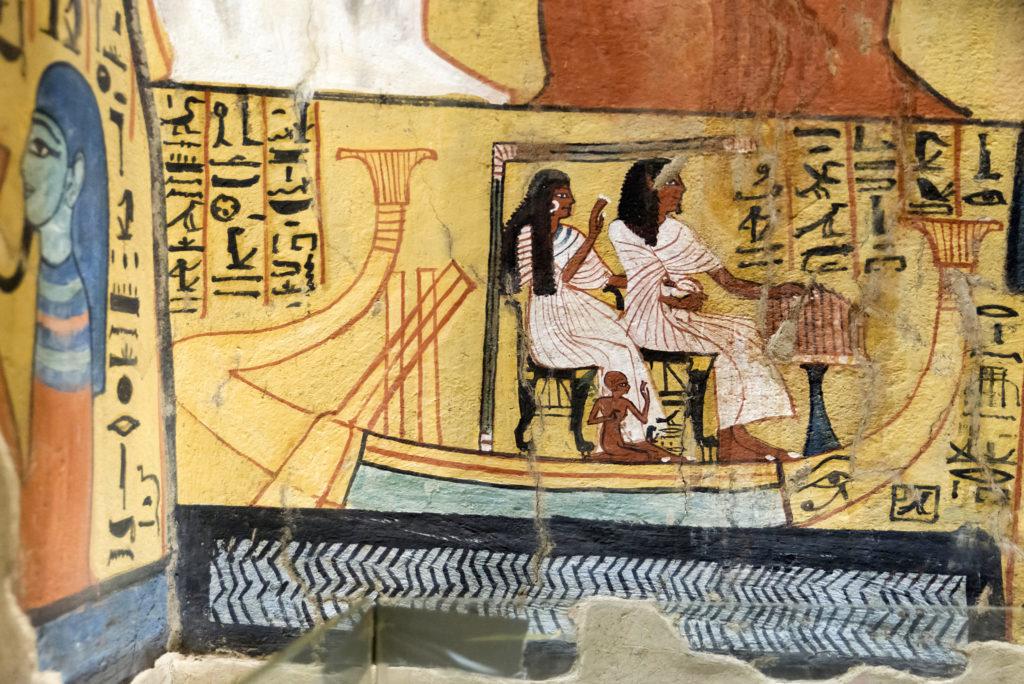
Architecture and Layout
Entering TT3 is an experience in itself. A steep staircase with about 29–30 steps leads down from the cliffside entrance into a cool, shadowy space. The tomb has a simple but elegant layout:
– Entrance Staircase – Carved into the rock for an impressive descent.
– First Chamber – Modestly sized, with walls decorated with symbolic imagery.
– Second Chamber – A space that connects to the deeper parts of the tomb.
– Short Vaulted Passage – Surrounded by protective deities.
– Innermost Burial Chamber – The main part of the tomb, featuring a vaulted ceiling. The walls are painted with golden ochre and intricate designs.
The vaulted ceiling is typical of artisan tombs but is particularly striking here, lined with deities that seem to watch over visitors.
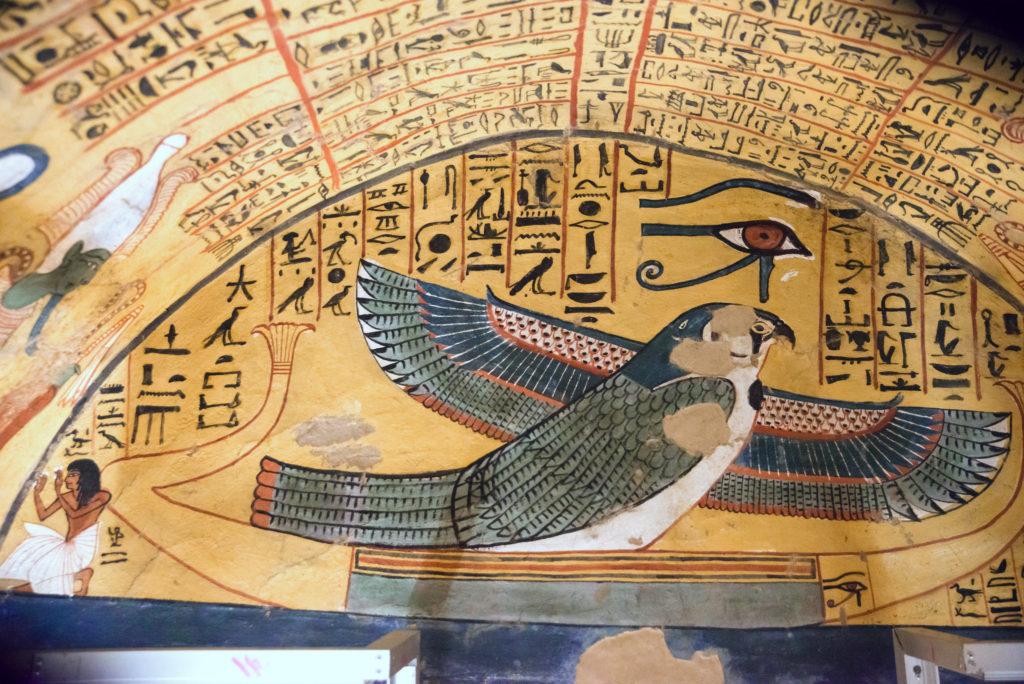
Tomb Decorations and Symbolism
The artwork in TT3 is a remarkable example of funerary painting from the Ramesside period. It is both skillful and very personal.
On each side of the entrance, Anubis appears as a jackal, sitting on a shrine and holding a flail in his paws. Above the door, Ptah-Sokar-Osiris, in falcon form, spreads his painted wings under the protective wedjat eye, which symbolizes rebirth and divine protection.
The rear wall of the burial chamber shows Osiris-Onnophris, the ruler of the dead, sitting on a throne with the Mountain of the West behind him. A smaller figure, Pashedu, kneels in respect. Nearby, an inscription in black hieroglyphs offers a spell for “lighting a lamp for Osiris,” showing a ritual of devotion.
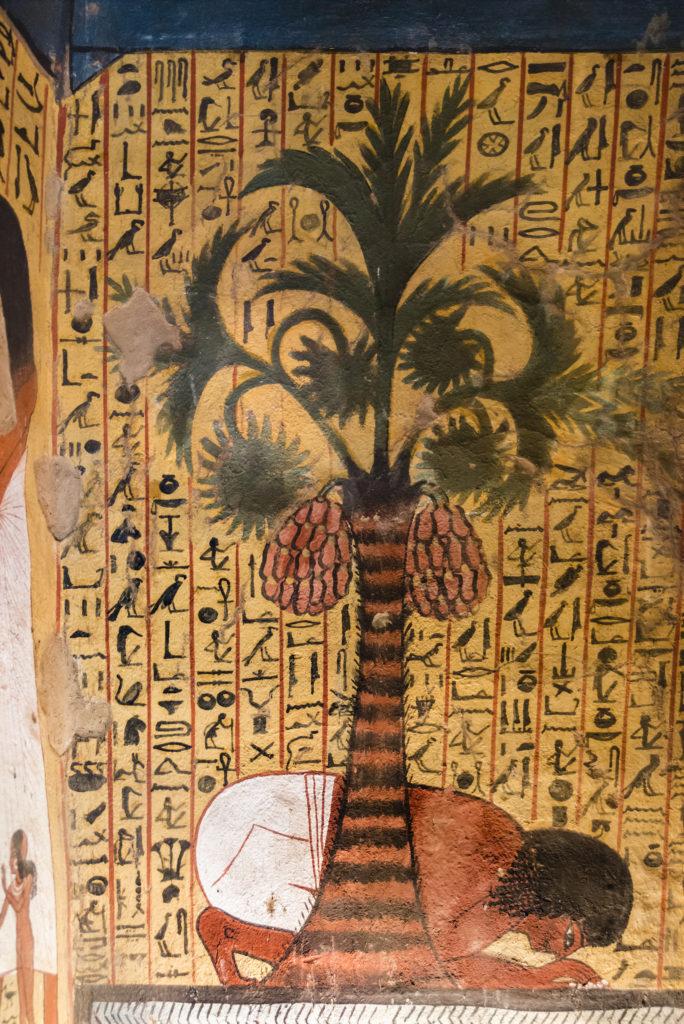
One of the most famous images in TT3 is of Pashedu kneeling under a dom-palm tree next to a calm pond. This scene comes from Chapter 62 of the Book of the Dead and represents eternal refreshment and peace in the afterlife. The details in the palm leaves and water ripples are beautiful, showcasing Pashedu’s artistic talent.
On the northern wall, Pashedu and Nedjem-Behdet sit in front of an offering table with their children standing close by. Nedjem-Behdet wears a long wig, large earrings, and a perfume cone, reflecting the fashion of that time.
Boat scenes illustrate Pashedu’s spiritual journey to Abydos, the sacred city of Osiris. These images express his desire to be forever connected to god’s resurrection.
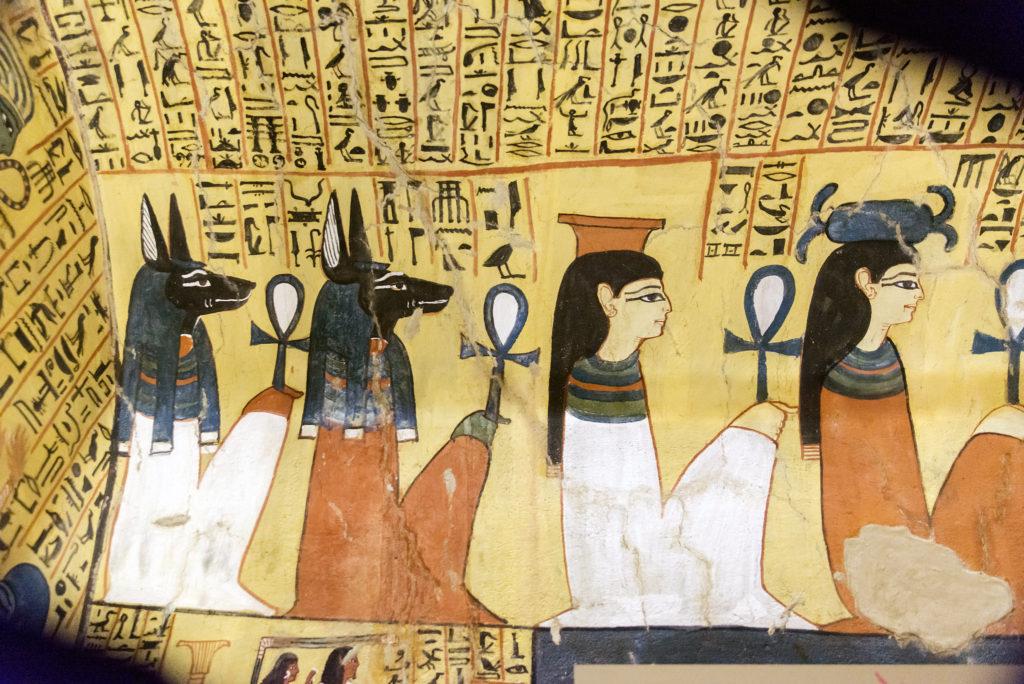
Historical Context
TT3 was made during a time of great artistic achievement in the New Kingdom. The skilled workers of Deir el-Medina lived in a walled village and secretly created royal tombs. Their own tombs, while smaller, often matched the quality of those built for nobles.
The Ramesside style used bright colors, balanced designs, and lots of hieroglyphs—all of which can be seen in TT3. The tomb also shows a trend toward more personal funerary art, with scenes that reflect the owner’s life and goals.
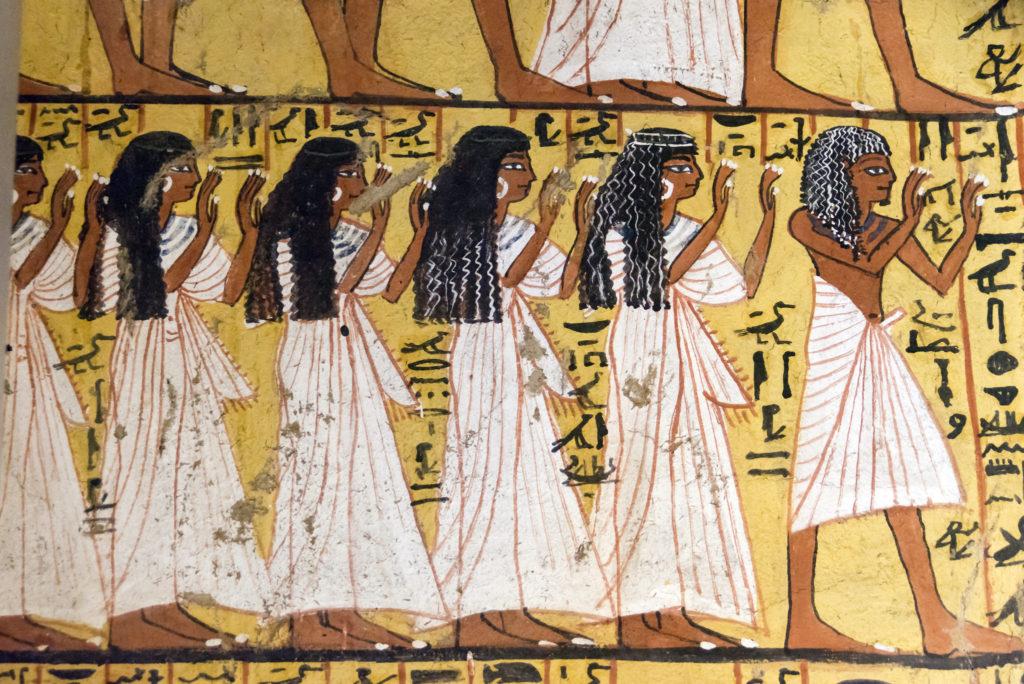
Discovery and Preservation
In 1834, Egyptian soldiers found the tomb while on patrol. It had been robbed long before, but the wall paintings were still in good condition.
Recently, efforts to conserve the tomb have stabilized its structure and restored its colors, allowing the public to visit again. Today, TT3 is known as one of the best-preserved artisan tombs in Luxor.
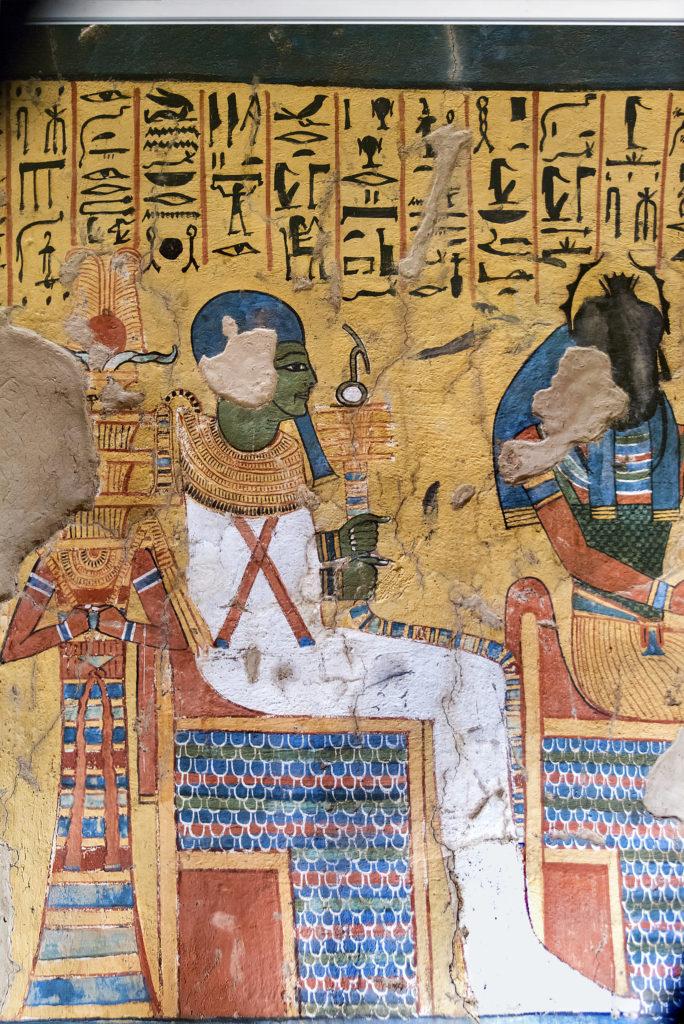
Why the Tomb of Pashedu Matters
TT3 is not just a burial site; it gives us a glimpse into the life of an ancient craftsman. The paintings inside show Pashedu as more than just a worker; he was a man devoted to his faith, family, and craft. His tomb connects the grand history of Egypt’s monuments to the personal stories of those who built them, reminding us that these creations were made by people with their own hopes for eternity.
For historians, TT3 provides important information about funerary customs and the everyday lives of artisans in Deir el-Medina. For travelers, visiting this site provides an opportunity to connect with history in a personal and meaningful way.
Did you know that
By purchasing through our links, you support us at no additional cost.
Thank you for your support. ♥️


